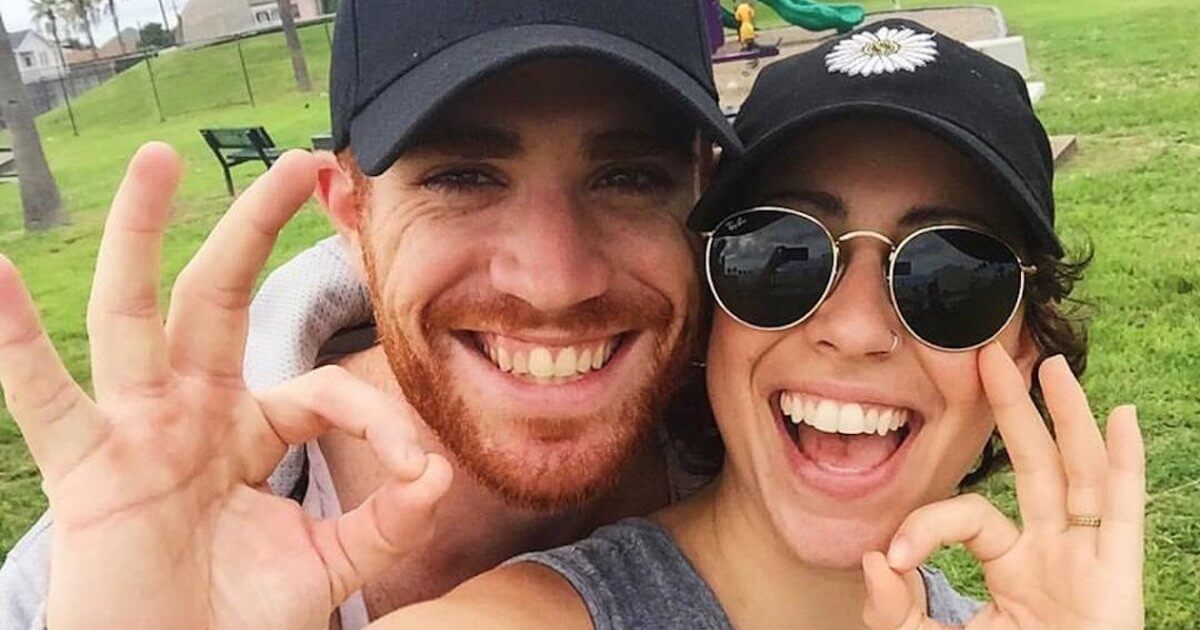At 21, as Rachelli Peltier received a diagnosis of Hodgkin lymphoma, she decided to document the moment. "I thought it would be a good way to share my news with friends and family,” Peltier, now 26, told SurvivorNet. But video soon became her creative outlet. “I always
Read MoreDetermined to “turn this mess into a message," she shared inspiring video-storytelling throughout her treatment, posting it on social media. “People just started following,” she recalls. “It was all about creating this community of humans. Pretty soon, I didn't want to let anybody down by not posting,” she recalls. “I'll never forget my first outreach — it was from a young woman who lived in Italy."
Using social media as their canvas, cancer influencers are painting their own experiences — speaking up, building community, and inspiring others. "People are making TikToks now about cancer," Peltier says. "It's become this huge community.” One the five-year anniversary of her diagnosis, she shared the video mashup (above), compressing the experience into three emotion-packed minutes.
When people think about cancer, they don't think of young adults says Matthew Zachary, the founder of Stupid Cancer.
For many, like Peltier, sharing their story on social media is about taking charge of the cancer narrative: “I made the CHOICE to look at this day in a positive light,” she writes on Instagram, of her decision to film her diagnosis. “It was the day I FINALLY got the answers I was looking for… the day I finally started my path to HEAL.”
A Cancer Diagnosis at 21
Peltier had moved 2500 miles from her home in Florida to L.A., when she developed a “cold” she couldn’t shake. “For 3 months, I went back and forth to doctors. They kept saying I had a head cold or bronchitis,” she said. “I’d be out of breath singing in the car. I was having night sweats. I felt itchy — especially around my tattoos. I had back pains — then I felt a lump on my clavicle.”
Finally, blood work confirmed her white blood count was elevated. A core needle biopsy of her collar-bone lump confirmed the diagnosis: Hodgin lymphoma. “It’s a cancer of your white blood cells. I was stage 3B. 3 means it's on both sides of my diaphragm. The letter refers to symptoms. A is if you've only had one of the symptoms. I’d had several, so I was B.”
A college junior at the time, her treatment plan was 12 rounds of chemo — every other week. “It’s not all sunshine and rainbows,” she confirms, noting that one of the drugs in her chemo-cocktail causes clots to form in her lungs, “but it’s about how you process the experience. I made a conscious choice to be positive — that mindfulness helped get me through treatment and complications,” she said.
To celebrate her final of chemo, friends brought cake and “we popped champagne.”
No Evidence of Disease
Today, with 4.5. years of “NED” (no evidence of disease) under her belt, Peltier works for the Leukemia & Lymphoma Society. She found a supportive community through the organization during treatment and now manages their Man & Woman of the Year honors. After checkups at 3-month intervals, she’s now touching base with her oncologist every six months — most recently on Zoom.
While relapse is an ongoing concern, she doesn’t let it consume her thoughts. “With cancer, it’s not like getting struck by lightning. Your chance of relapse, or developing another cancer is likely. So that's always a reality in the first five years.”
Instead, every year, she celebrates the anniversary of her May 19th diagnosis. This year to mark the occasion, she hosted a live event on YouTube, while marking a friend’s birthday. While they were at it, the pair raised a cool $2700 in two hours for her favorite cause.
More on Lymphoma
Lymphomas are cancers that begin in a type of white blood cells called lymphocytes. The two main types of lymphomas are Hodgkin and non-Hodgkin. Hodgkin lymphomas typically begin in a part of the lymph system called B cells, according to the American Cancer Society, which make proteins called antibodies that help protect the body from germs.
The disease is rare, but it is the most common cancer diagnosed in teens, ages 15 to 19. Chemotherapy and radiation are the most common treatments used for Hodgkin lymphoma, according to the American Cancer Society. Depending on the severity of the disease, the two treatment methods may be used separately or together.
Learn more about SurvivorNet's rigorous medical review process.

